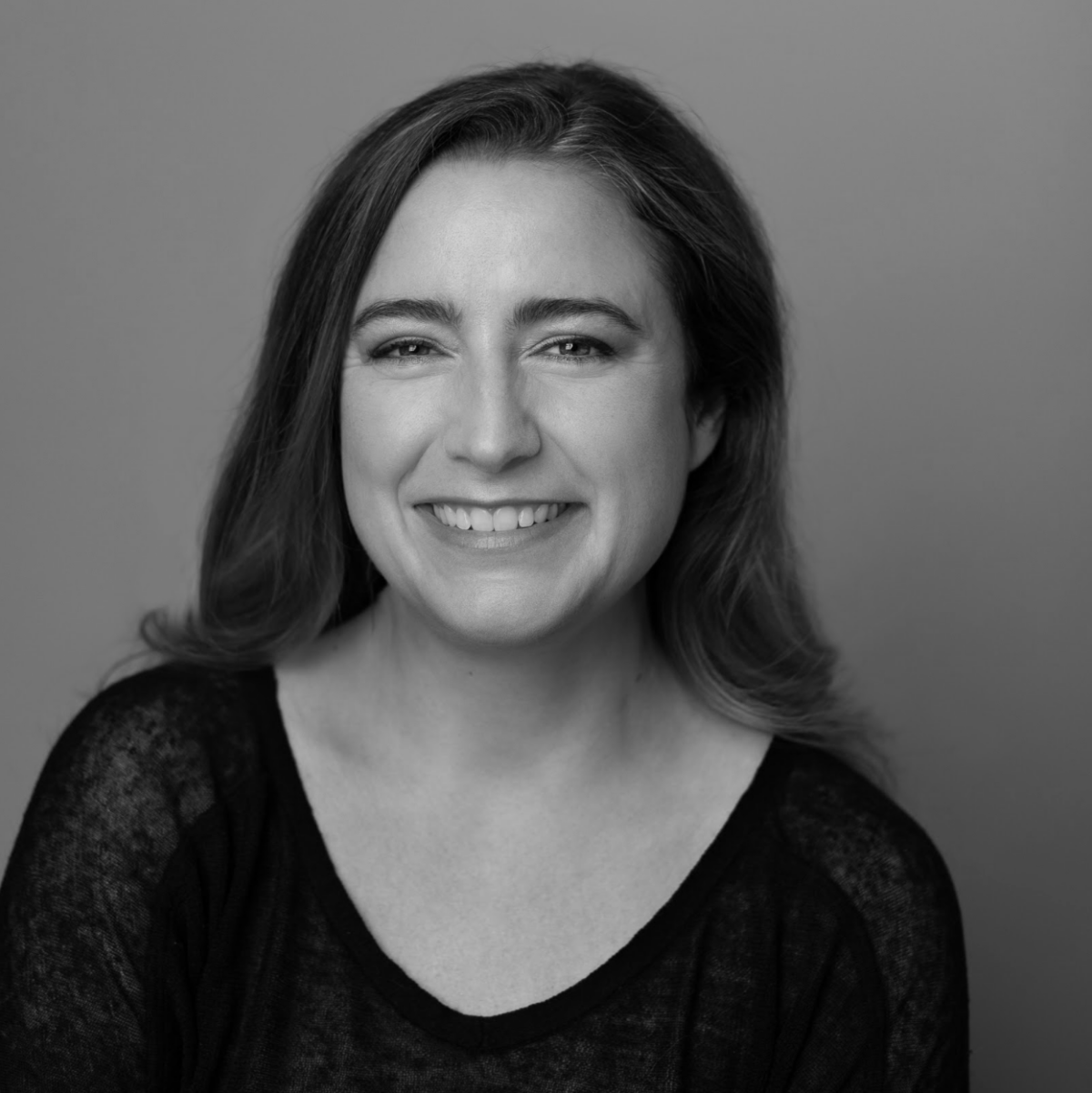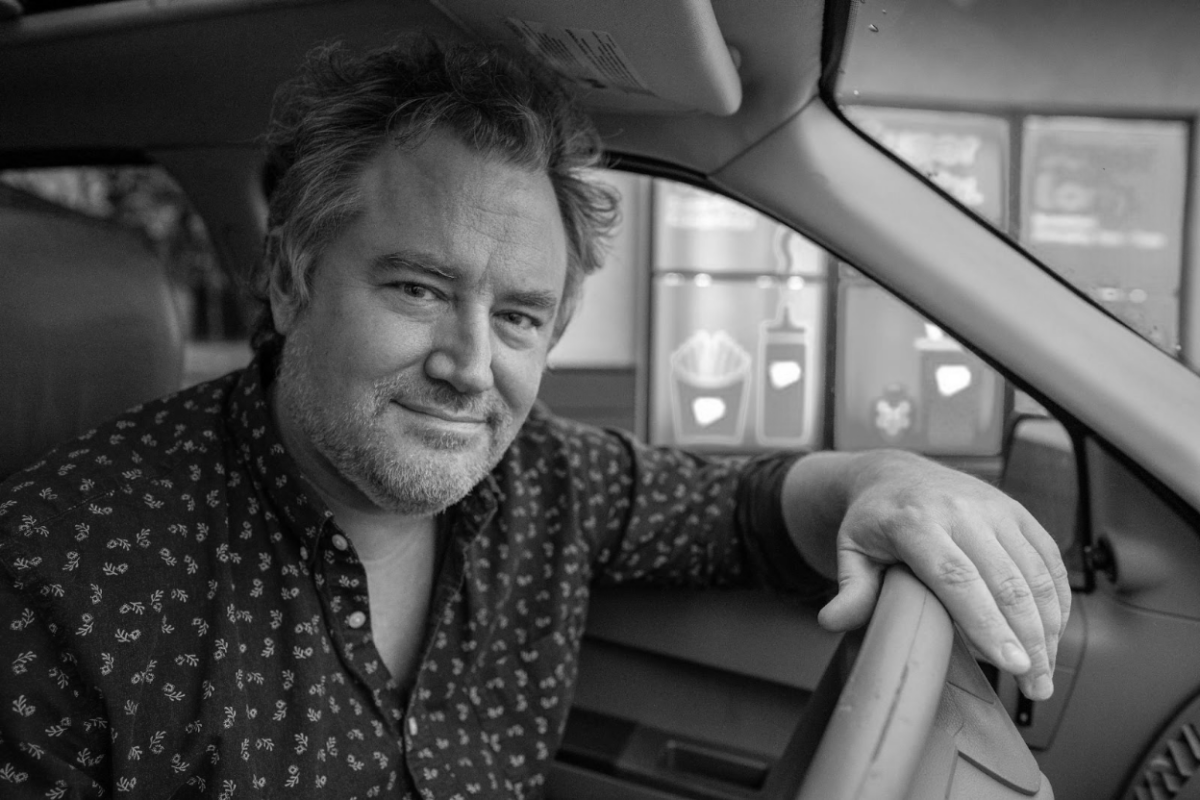It’s berry season. Here in Oregon, we are fortunate to have a wonderful variety of berries and cherries that are available in the summer to enjoy. They not only come in a beautiful array of colors, but they are delicious and incredibly good for you. Both berries and cherries are often referred to as superfoods. Berries are a low-sugar fruit and they are a great source of flavonoids, which are plant chemicals that can help reduce or inhibit inflammation, reduce risk of cardiovascular disease and some types of cancer. Anthocyanins, one of the compounds in berries, are a great contributor to the reduction in inflammation. One study showed that blueberries could turn off the expression of inflammatory genes. Another study showed that blueberry powder can increase killer t cells and reduce the stiffness in our arteries. Strawberries have been shown to help with pain in osteoarthritis and another study showed that increasing your intake of berries may reduce the rate of cognitive decline as you age and improve memory. Strawberries may also improve cognition in both adults and children. (For links to these studies, view this article on the SNA website at sunnysideportland.org.)
Reading those studies definitely has me sold. When I can, I also like to go out with my family and pick the berries myself. (My little nephew loves to come along.) There are some great farms on Sauvie Island. There are a couple of farms that I love to support in the Canby/Hubbard area, including The Schmid Family Farm (theschmidfamilyfarm.com) and Morning Shade Farm (morningshadefarm.com). If you pick more than you can eat, you can freeze them and use them all year long.
Berries can be used in all kinds of fun and tasty ways. Eating them raw is amazing, of course, but they are also great in smoothies, oatmeal, muffins, pies, salads and even soup. I recently made a yummy Raspberry Gazpacho and a Berry Cobbler. I also love making what is often known as Nice Dream, which is a mix of frozen bananas, frozen berries and plant milk blended to resemble a nice soft serve ice cream. Of course, you can add chocolate, nuts or nut butter, or other ingredients. A mix of blueberry, banana, plant milk and mint is super refreshing.
Below are a couple of great recipes using berries.
Get creative and enjoy the beautiful and nutritious berry.
Berry Brain Food Oat Bowl
1 cup rolled oats (can use less)
1 banana
1 cup (or more) of berries (if frozen microwave for 1 minute)
1 Tablespoon of ground flax seed
1 pinch ground ginger
1 pinch cinnamon
1 cup (or more) of your favorite plant milk
2 Tablespoons of walnuts (optional)
Throw everything together in a big bowl or container. Let sit for at least 15 minutes so the oats can soften. Enjoy!
Tip 1 – You can cook this like oatmeal, but I like to eat the oats raw. They soften quickly. You can also assemble this the night before and leave it in the fridge.
Tip 2 – Walnuts and flaxseeds are great ways to add omega 3 to your diet. However, if you want to lose weight, skip the walnuts. Flaxseeds also add calories, but they are a great source of fiber and healthy nutrients.
Tip 3 – Berries of all kinds are a healthy brain food. They have amazing plant compounds called anthocyanins that are anti-inflammatory and have great antioxidant effects. And they are super yummy! Whenever possible, eat your berries.
Bursting with Berries Cobbler
A wonderful recipe from the Forks Over Knives website.


